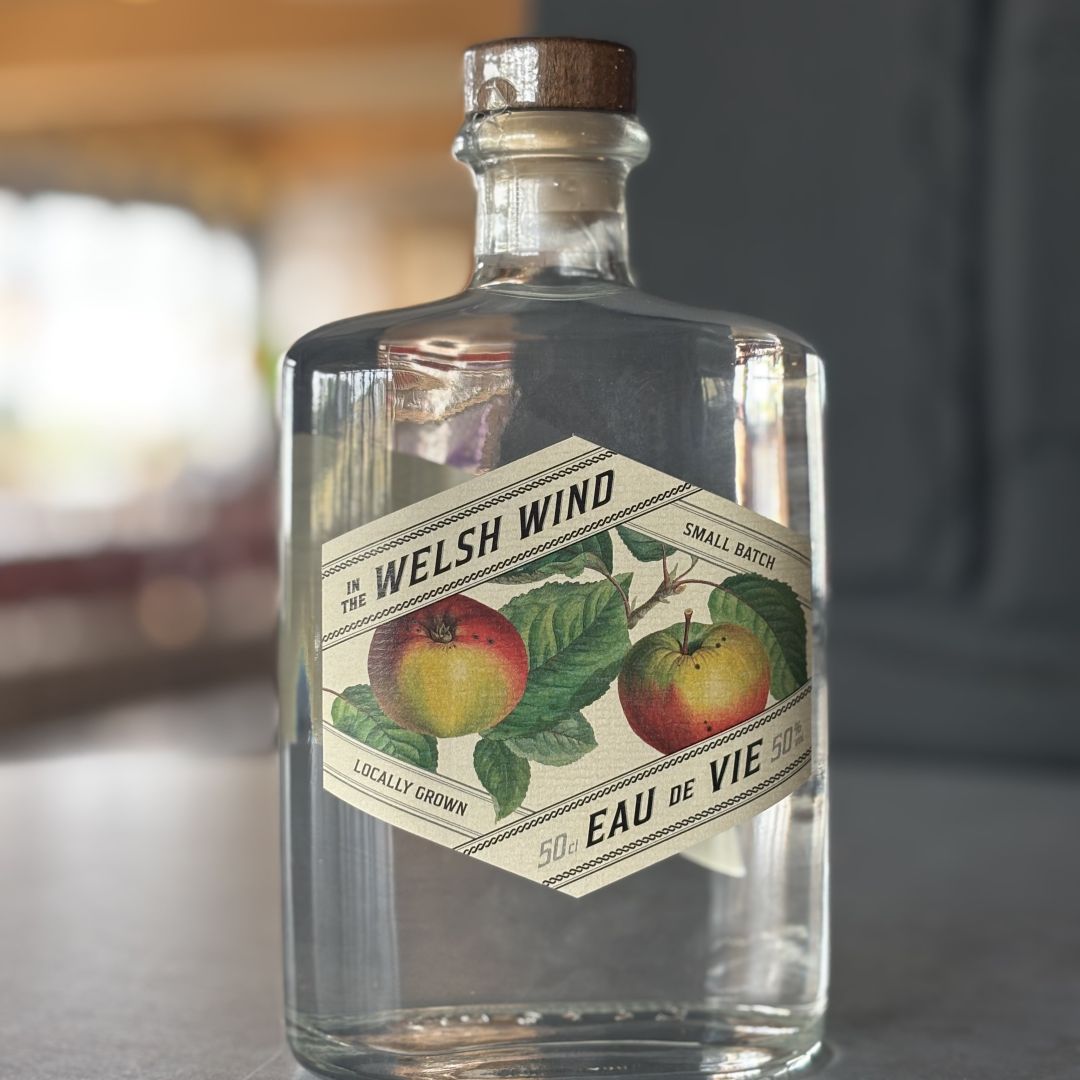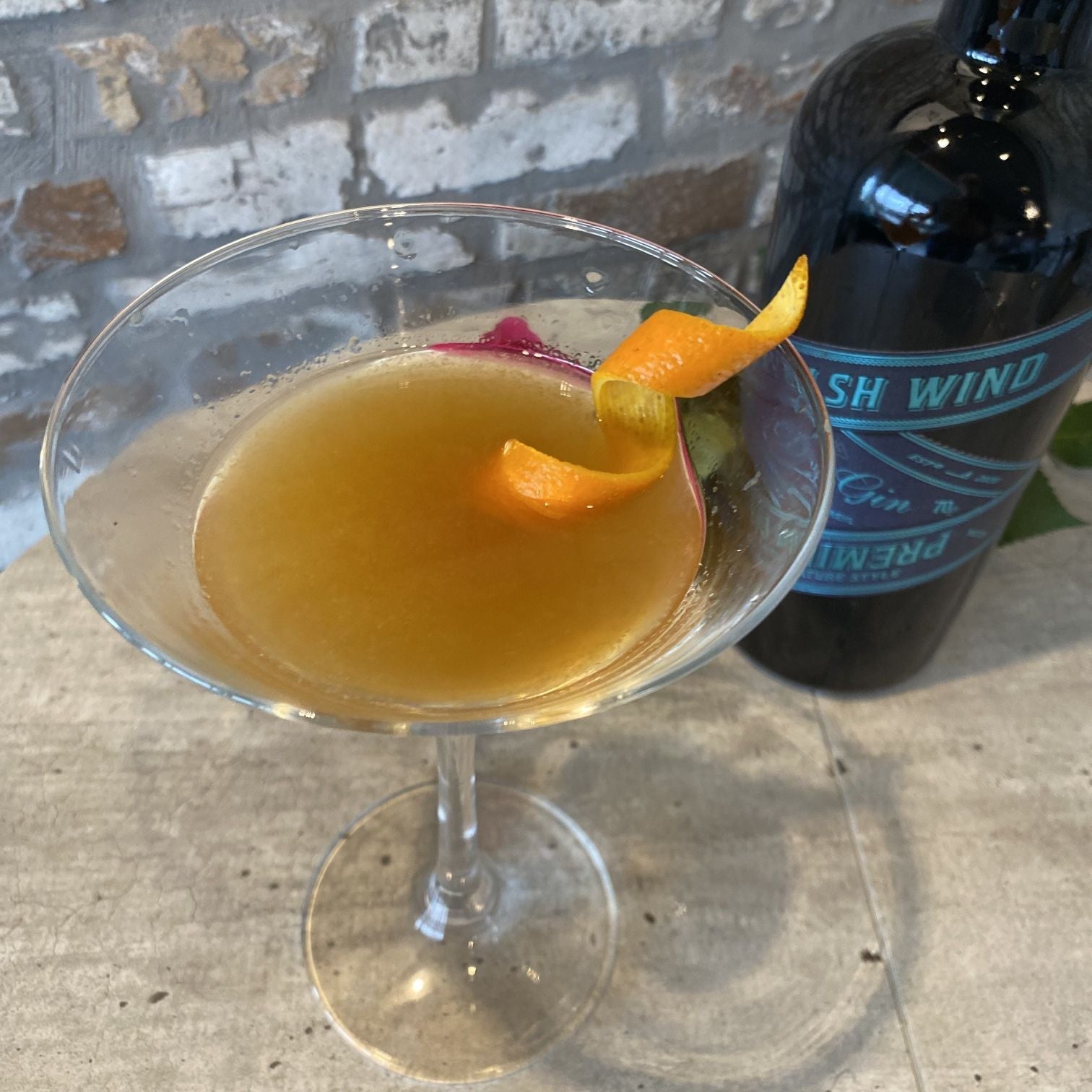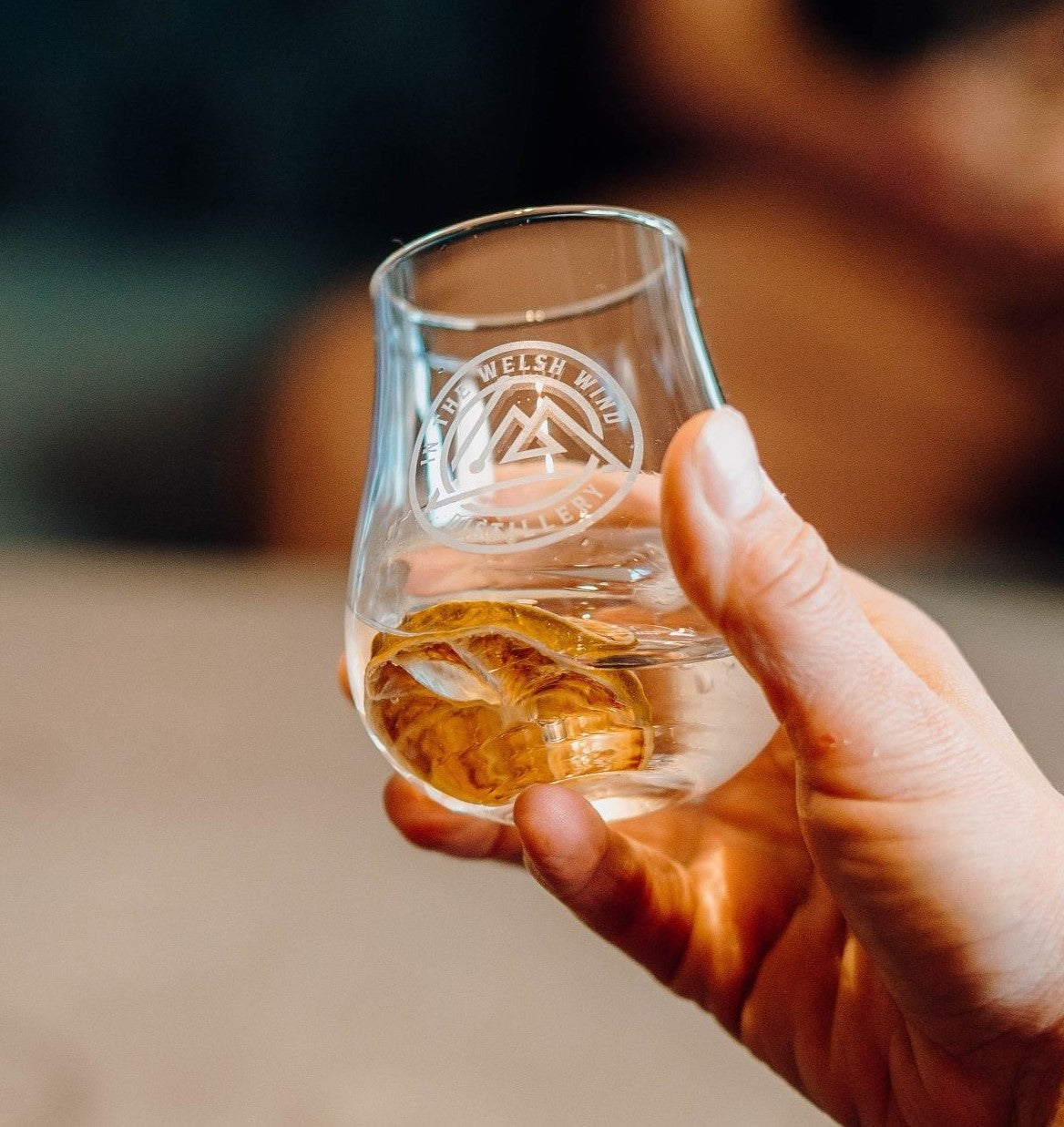The mostly concrete paths of the North Wales coast path, from Chester, through Prestatyn and Rhyl, and the Edwardian resort of Llandudno led us to our next really wild environment – and a ‘walk within a walk’ – around Anglesey – Ynys Mon.

After sorting out supplies we set out from Holyhead past the ferry port and breakwater, and wild camped in order to be ready for Holyhead Mountain the following day. Although we set off for Holyhead Mountain in the sea mist, we could still be inspired by brilliant pinks, purples, green and yellows of the heathland and onwards, up and down, scrambling down gullies, pausing to sift through beach treasure as we went. Still swathed in mist, we passed South Stack lighthouse and continued to Treaddur Bay – our first full day on Anglesey done.
Running new horizons
A new environment meant new opportunities for running: 4 miles along Rhosneiger Beach; running, run-walking from Amlwch to Moelfre, from Cemaes to Church Bay, in the rain with our heavy packs on (fortunately only for about 50 m!) to get back to Bangor… The freedom of running opened new horizons for both of us. More miles covered, more energy expended, more satisfaction (and stiffer legs) at the end of every day. There’s a huge sense of accomplishment that comes from realising that you can pack more than you thought into a day, and my moment of running enlightenment back on Hay Bluff had a hugely positive influence on the day to day of our journey around Wales. Indeed, it continues to do so to this day.
Myth, magic and echoes of gin

There’s a huge amount of myth and magic surrounding Anglesey. Our own Welsh Valentine, Santes Dwynwen established herself on a small island off Anglesey; there are tales of a power hungry toad – Broga whose taste for soldiers and overwhelming desire to own Aberlleiniog Castle was eventually defeated by Sir Gregory and his imaginative use of props to mimic a fire-breathing Welsh dragon. Anglesey is also home to Llanfairpwllgwyngyllgogerychwyrndrobwllllantysiliogogogoch. Ellen may be a Welsh-speaker but it’s a challenge for anyone – and really is a made-up name, designed to make the village of Llanfairpwllgwyngyll stand out for visitors taking advantage of the railways routes to North Wales, to draw them in.
Alongside myth, Anglesey’s industrial past has links with gin that are unavoidable. Camping near Amlwch on the north coast of the island, following a day walking from Red Wharf Bay south to Benllech and then back up the coast, past Red Wharf Bay, we watched the sun going down over Parys Mountain. What is essentially an old copper mine, the last rays of light lit up oranges, reds and yellows. Although copper has been integral to life on Anglesey since the Bronze Age, industrialisation in the 18th century led to Parys Mountain becoming the biggest copper mine in the world, and the port of Amlwch a deep-water port, hub for copper export around the world.
Copper plays a hugely important role in the production of gin and we’ve become a bit obsessed with it since In the Welsh Wind has developed into our distillery. Copper takes out the impurities – hence our copper stills Meredith and Ceridwen. For our gin making experience days, where we deploy our mini-stills, copper ‘saddles’ are used to serve the same purpose. Copper is so vital to the distillation process, it’s why our distiller’s notes sit under the headline moniker COPR.

The path from Amlwch to Moelfre ranks as one of my top 3 walks of all time, not far behind the walk from Porthgain to Strumble Head, and given the historical links to gin and the work we now find ourselves immersed in, perhaps somewhere to revisit?
Our journey continues as we build our distillery on the west coast of Wales. Follow us day to day on Facebook, Instagram and Twitter, and sign up to our mailing list.




















































